 EIGHT MOST ICONIC LOUVRE MASTERPIECES TRANSFORMED IN PERFUMES
EIGHT MOST ICONIC LOUVRE MASTERPIECES TRANSFORMED IN PERFUMES The famous French art museum, the Louvre, has commissioned perfumes based on some of its most iconic masterpieces, in conjunction with Ramdane Touhami and Victoire de Taillac, co-founders of Officine Universelle Buly.
Ramdane and Victoire then recruited eight French perfumers, and tasked them with selecting a work from the Louvre’s collection and creating its perfume, with an aim of adding an olfactory dimension to a visual experience. Each perfume ended up with a distinct scent profile that reflected the essence of each piece.
Huit chefs-d’œuvre, huit senteurs emblématiques.
The Valpinçon Bather painting by Jean Auguste Dominique Ingres has been reimagined by Daniela Andrier (Maison Givaudan).
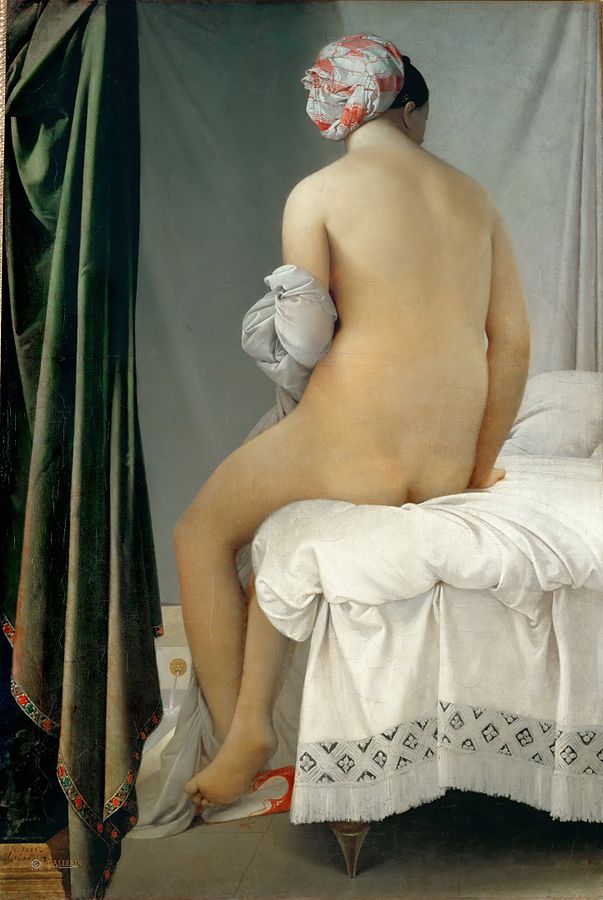
Steam rising from marble sluiced with waves of heated water, dampened muslin wraps the shining limbs, delicately soaped; susurrations of the hammam. After bathing, resting on fresh sheets, the skin, still beaded with moisture, is chafed with lavender and orange blossom; now refreshed, its velvety pallor like an iris petal pearled by a mist of incense and musk.
Conversation in a Park by Thomas Gainsborough was interpreted by Dorothée Piot (Maison Robertet).
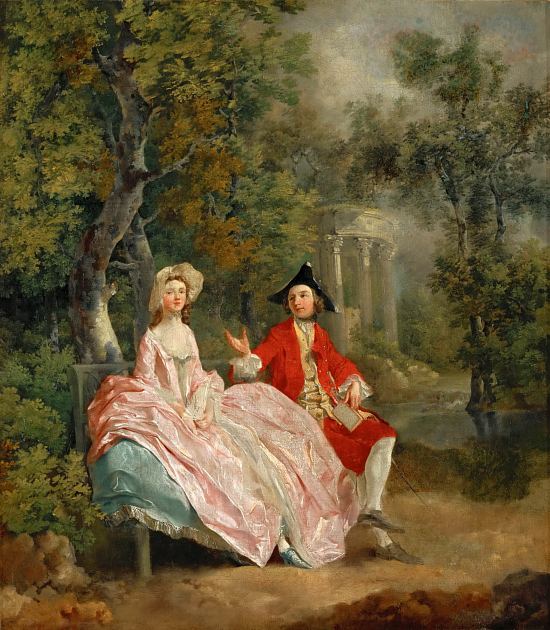
Behind the green, sylvan curtain of a theatre of the tender touch, a ray of sunlight, redolent of berries and citrus, illuminates the temple of the soul. On a carpet of peppermint, the silky petals of the dress unfold like the heart of a rose; a flush rises to the cheeks. In the air, sweet nothings float.
Famous sculpture,The Winged Victory of Samothrace. Its scent was created by Aliénor Massenet.
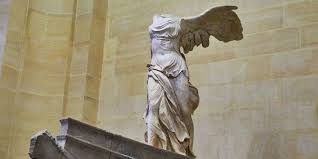
Blown by a gale scented with citrus, in the perilous rush of the straits, the white bouquet of the salt-encrusted drapery wraps around the victorious effigy. At her marble feet, the waves, the incantations, the roses, the ocean of History and all her conquests; at her feet, the foundered hearts of heroes.
The scent for the sculpture Nymph with the Scorpion by Lorenzo Bartolini was created by Annick Ménardo.
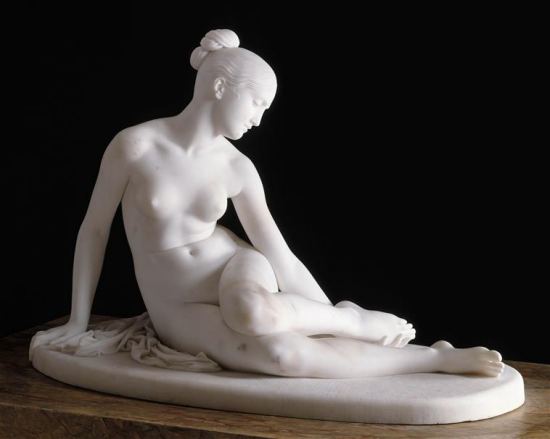
The bitter kiss of the sting of almond prickles on the naked skin massaged with amber. Like quicksilver, the venom floods the veins, arrests the maiden’s glance, frozen in marble. The heart clouds with toxins, like the bloom of algae in a clear pond.
The perfume for Saint Joseph the Carpenter by Georges de La Tour was created by Sidonie Lancesseur.
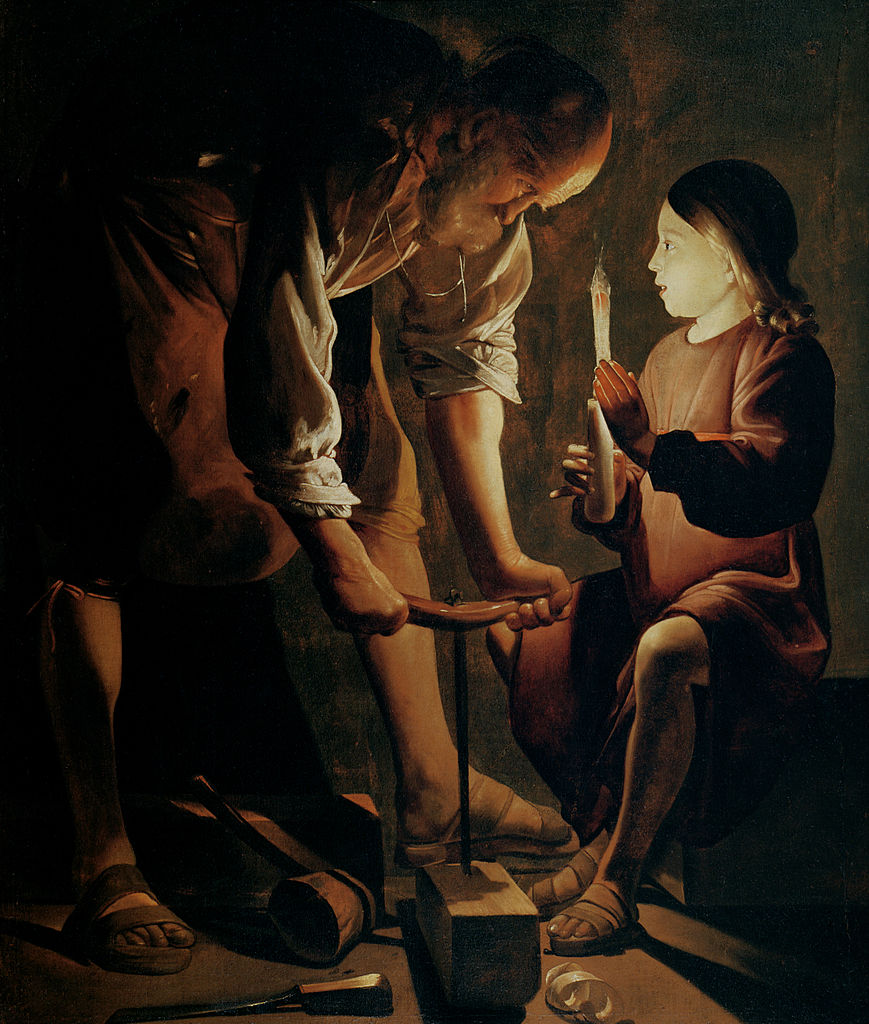
The golden orange blossom and incense ignite in the amber night, humming with vetiver and cedarwood. In a censer, spices and dry herbs smoulder to keep the spirits at bay. A gesture is arrested, suspended in the face of epiphany. The divine aura illuminates the heart of the initiate, and banishes the darkness.
The Venus de Milo interpreted by Jean-Christophe Hérault.
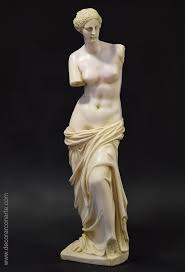
Gentle white of jasmine, of neroli, of the matte and polished petals of magnolia, amber and sacred wood. Eternal, without past or present, the beauty of the marble goddess, elusive and notional, lifts up the soul with timeless bliss.
La Grande Odalisque by Jean-Auguste Dominique Ingres was interpreted by Domitille Michalon Bertier.
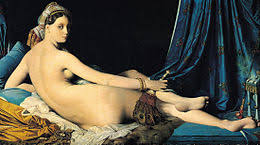
The musky, chilly satin of a shoulder, the sinuous curve of a hip or breast, gleaming in an alcove chased with brass, an Orientalist’s shrine, a dream of Eastern Promise. The pink pepper of the cheeks pricks the heart and, beneath the silken scarf, a perfume of incense suffuses the hair.
The Lock by Jean-Honoré Fragonard was interpreted by Delphine LeBeau.
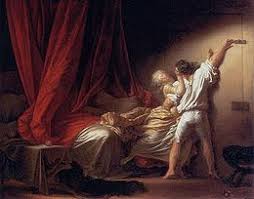
Scent of the apple on the table, fruit carried to the lips like a kiss, to the neck, the breast. Ardent desire entangled in linen sheets, tousled hair, traces of the teeth on tender skin, its white musk scorched scarlet by love’s burning touch; the heady thrill of an illicit rendez-vous.
Museum spokesman Adel Ziane said the idea of the perfumes was “to help wake all the senses of visitors as they view the work at the Louvre. I think that the scents have a lot to say on the collections, particular the ancient works”.
« Le musée du Louvre a été créé pour les artistes. C’est un lieu vivant, d’inspiration pour les créateurs d’aujourd’hui. Cette collaboration avec l’Officine Universelle Buly, en confrontant les senteurs et les œuvres, permet de valoriser les collections du musée tout en suscitant de nouvelles rencontres entre les œuvres et le public ».
Adel Ziane, Director of External Relations of the Louvre Museum
Practical information
Officine éphémère Buly au musée du Louvre — Allée du Grand Louvre, sous la Pyramide
Until January 6, 2020
